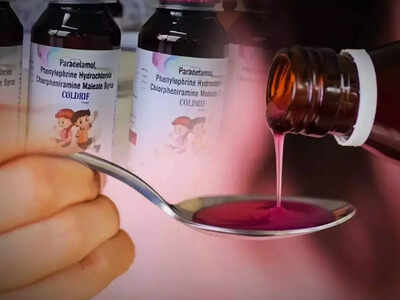The World Health Organisation (WHO) has sought clarification over deaths caused due to consumption of Coldrif cough syrup. The UN health agency said the country had a “regulatory gap” in screening locally-sold syrup medicines, Reuters reported.The children died in India over the past month after consuming cough medicine containing toxic diethylene glycol in quantities nearly 500 times the permissible limit, officials say. The deaths were all linked to the Coldrif medicine, banned after a test confirmed the presence of the chemical on October 2.The Respifresh and RELIFE syrups also contain diethylene glycol, according to a public alert by Gujarat and other states on Wednesday that described it as “a toxic chemical that can cause serious poisoning, including kidney failure, neurological complications and even death, especially among children”.
What is diethylene glycol (DEG)?
Diethylene glycol (DEG) is a colorless, odorless, sweet-tasting liquid used mainly in industrial applications, like making antifreeze, brake fluids, and some plastics. It’s sometimes confused with ethylene glycol, the stuff in your car’s antifreeze, but either way, it’s toxic to humans.The reason DEG is so dangerous is that it’s highly poisonous when ingested. People have accidentally swallowed it because it was mistakenly put into medicines or cough syrups, thinking it was a harmless solvent — and that’s caused serious health disasters worldwide. Even a small amount can be deadly, especially for kids.Once inside the body, diethylene glycol is metabolized by the liver into toxic compounds that attack the kidneys and nervous system. The most common effects include nausea, vomiting, abdominal pain, and dehydration. If exposure continues, it can lead to kidney failure, seizures, and even death. It’s also harmful if inhaled or if it comes into contact with the skin over long periods, though ingestion is the main danger.One of the scariest things about DEG poisoning is that the symptoms often don’t appear immediately. People may feel fine at first, but serious damage can happen silently, making it hard to spot before it’s too late.It’s a chemical that belongs in factories and labs, not in your medicine cabinet or food.
